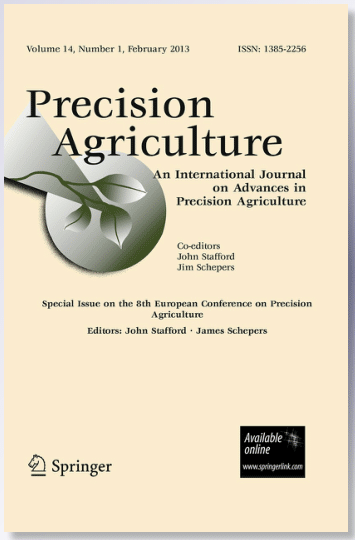Yield forecasting and within-field yield variation is essential information that helps farmers develop sustainable agriculture. However, such information still needs to be included for most of them, and remote sensing is an alternative to provide it. Our objective was to assess Random Forest regression models composed of unique GLCM texture measures as an alternative to usual empirical models that use spectral response and auxiliary data, which is complex and reaches varied results. Eleven GLCM texture models based on eight texture measures of a single spectral layer were assessed to represent soybean field yield variation in two sites and seasons. Several models achieved satisfactory results, reaching R2 from 0.90 to 0.95 and RMSE from 0.06 to 0.26 t/ha. Models above 15-window size are recommended for the soybean yield prediction as window size is an essential attribute to GLCM performance. Models derived from the bands individually (red, red-edge, near-infrared, and short wavelength infrared) were more sensitive to the window size than those derived from vegetation indices (EVI, GNDVI, GRNDVI, NDMI, NDRE, NDVI, SFDVI). The data aggregated by texture measures improve the individual spectral responses, providing alternatives to predict soybean within-field yield variation using random forest models.



